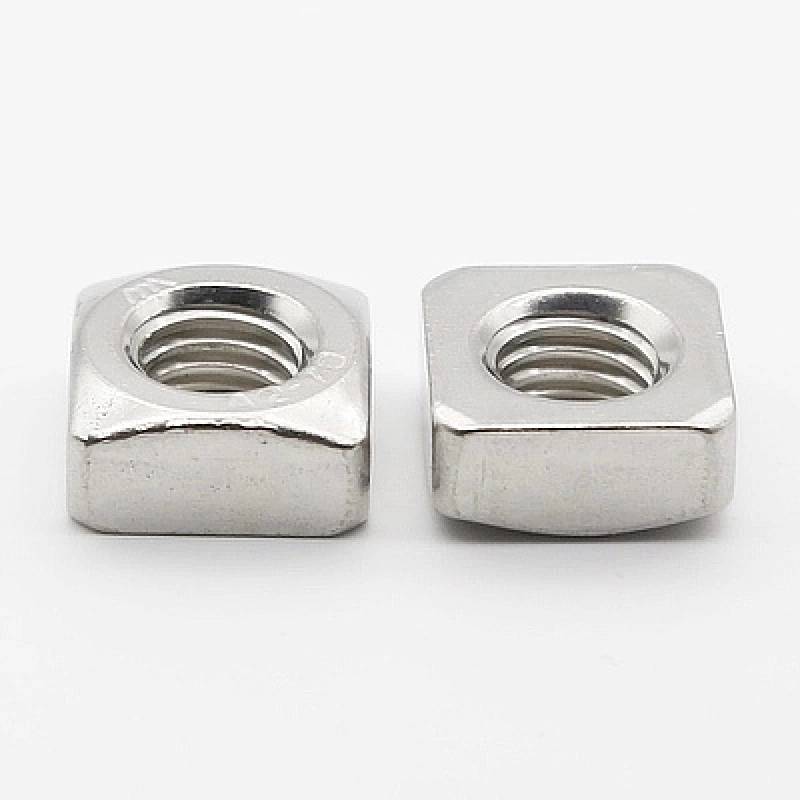

m10 washer od
Nov . 25, 2024 08:57 Back to list
m10 washer od
Understanding the M10 20 Washer OD Specifications and Applications
When it comes to mechanical assemblies, washers play a crucial role in ensuring the integrity and reliability of connections. Among the various types of washers available, the M10 20 washer, particularly its outer diameter (OD), is noteworthy for its widespread application in various industries. This article delves into the specifications, applications, and significance of the M10 20 washer OD.
What is an M10 20 Washer?
The designation M10 refers to the metric size of the bolt or screw it is designed to accompany. Specifically, an M10 bolt has a nominal diameter of 10 millimeters. The 20 in M10 20 washer typically references the outer diameter of the washer, which is crucial for its performance in securing joints. Washers serve numerous purposes, including load distribution, vibration dampening, and preventing damage to surfaces.
Specifications of M10 20 Washer OD
The outer diameter of the M10 20 washer measures 20 millimeters. This measurement is vital, as it ensures the washer can adequately sit beneath nuts or bolt heads without protruding or failing to provide sufficient support. In addition to its OD, it is important to take into account the inner diameter (ID) and thickness of the washer. For an M10 washer, the inner diameter generally matches the nominal bolt size, allowing for a snug fit on the M10 bolt.
The typical thickness of an M10 washer can vary but is often around 1.5 to 3 millimeters, though manufacturers may offer variations based on specific requirements. The material used for these washers is equally significant; common options include stainless steel, carbon steel, and nylon. Each material has distinct properties that can impact corrosion resistance, load bearing, and overall performance.
m10 washer od

Applications of M10 20 Washer OD
The M10 20 washer is widely utilized in a range of applications, spanning from automotive and machinery assembly to construction and plumbing. In automotive applications, these washers help secure components such as engine mounts and suspension systems, where maintaining structural integrity is paramount.
In machinery, M10 washers are frequently used in assembling parts that experience high levels of vibration. The washer's ability to distribute load and absorb some shock ensures that bolts and nuts remain secure, reducing the likelihood of loosening over time. Similarly, in construction, these washers are crucial in applications like securing beams and fasteners, where proper load distribution can prevent structural failures.
Importance of Selecting the Right Washer
Selecting the correct washer for an application is critical. Using an M10 20 washer where a different specification is required can lead to various issues, including inadequate fastening, surface damage, or even failure of mechanical components. It is essential to consider the washer's dimensions, material, and intended application to ensure optimal performance.
Conclusion
In summary, the M10 20 washer OD is an essential component in various mechanical assemblies. Understanding its specifications, applications, and significance contributes to the successful execution of projects across multiple industries. By ensuring proper selection and usage of the M10 20 washer, engineers and technicians can enhance the reliability and longevity of their assemblies, thereby safeguarding both functionality and safety. Whether you are working in construction, automotive, or machinery, the M10 20 washer is a small yet vital piece that plays a significant role in the overall integrity of your work.
Latest news
-
Hot Dip Galvanized Bolts-About LongZe|High Strength, Corrosion Resistance
NewsJul.30,2025
-
High-Strength Hot Dip Galvanized Bolts - Hebei Longze | Corrosion Resistance, Customization
NewsJul.30,2025
-
Hot Dip Galvanized Bolts-Hebei Longze|Corrosion Resistance&High Strength
NewsJul.30,2025
-
High-Strength Hot-Dip Galvanized Bolts-Hebei Longze|Corrosion Resistance&High Strength
NewsJul.30,2025
-
Hot Dip Galvanized Bolts-Hebei Longze|Corrosion Resistance&High Strength
NewsJul.30,2025
-
Hot Dip Galvanized Bolts - Hebei Longze | Corrosion Resistance, High Strength
NewsJul.30,2025

